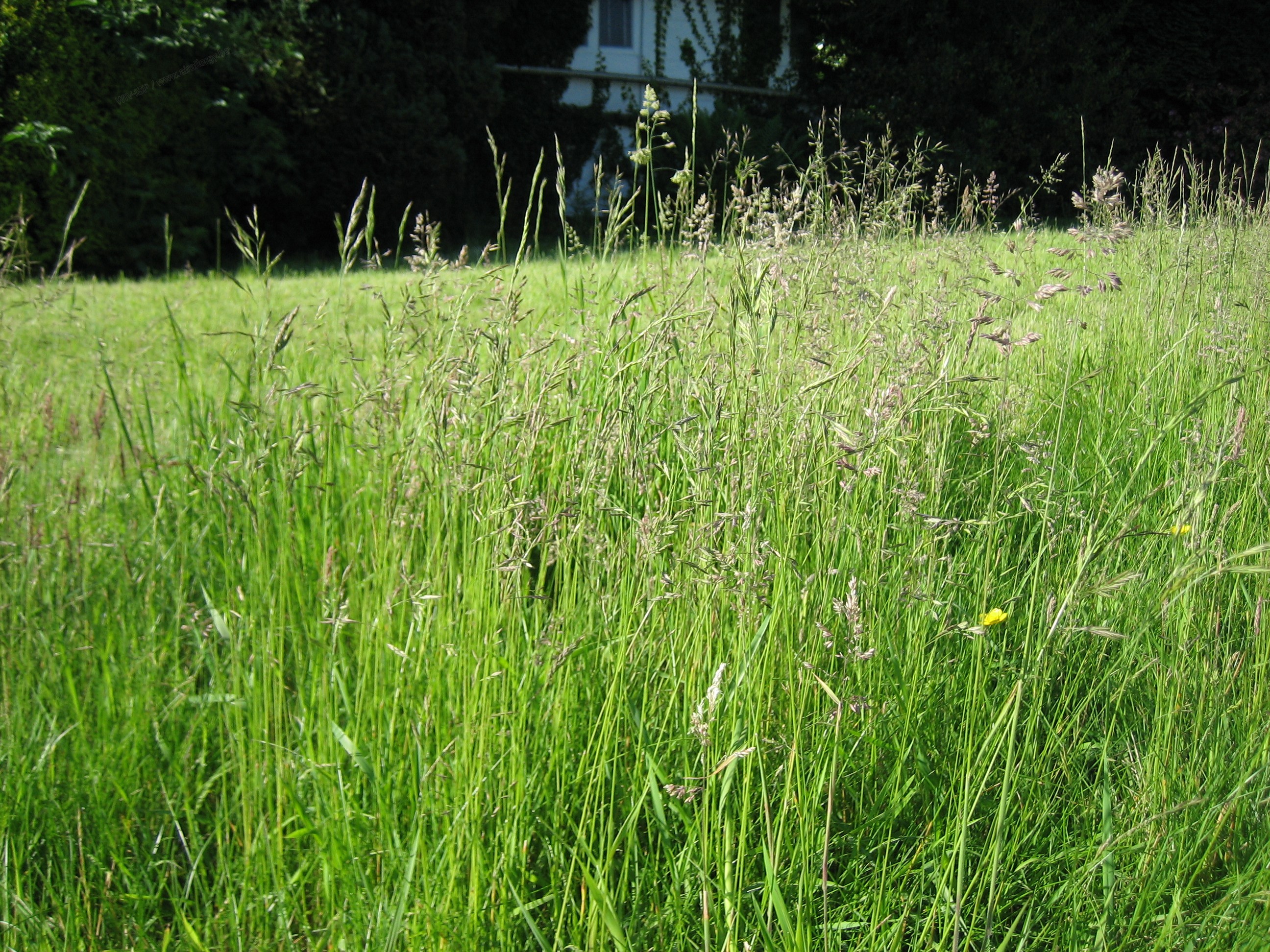Grasses
Family: Gramineae
Flowering: May - August
Description:
Approximately one hundred different species of the grass family, also known as Poaceae, are found in our regions. Their leaves with parallel veins are narrow and their inflorescences form ears or typical panicles. These species are called cereal (oats, wheat, corn, barley...) or fodder (orchard grass, timothy grass, sweet grass, rye grass, blue grass...). They grow in gardens, green areas, pastures, cultivars or along roadsides and railways.
The pollen of these plants is dispersed by the wind from May to August. This long period of pollination is due to the high number of different grass species and by their consecutive flowering periods. The highest pollen concentrations in the air are usually observed in June, the period indeed corresponding to the hay fever season.
Allergy to grass pollen ranks first among all pollen sensitizations. At the beginning of the season, a few grains may be enough to cause allergic symptoms in some highly sensitized people.
When the grass pollen concentration in the air reaches 50 grains per cubic meter, 90% of the sensitized individuals develop clinical symptoms.
There is cross-reactivity between the different grass species because of the similarity of their allergens, but also with certain food products such as peanut, cereal-based food and tomato.







